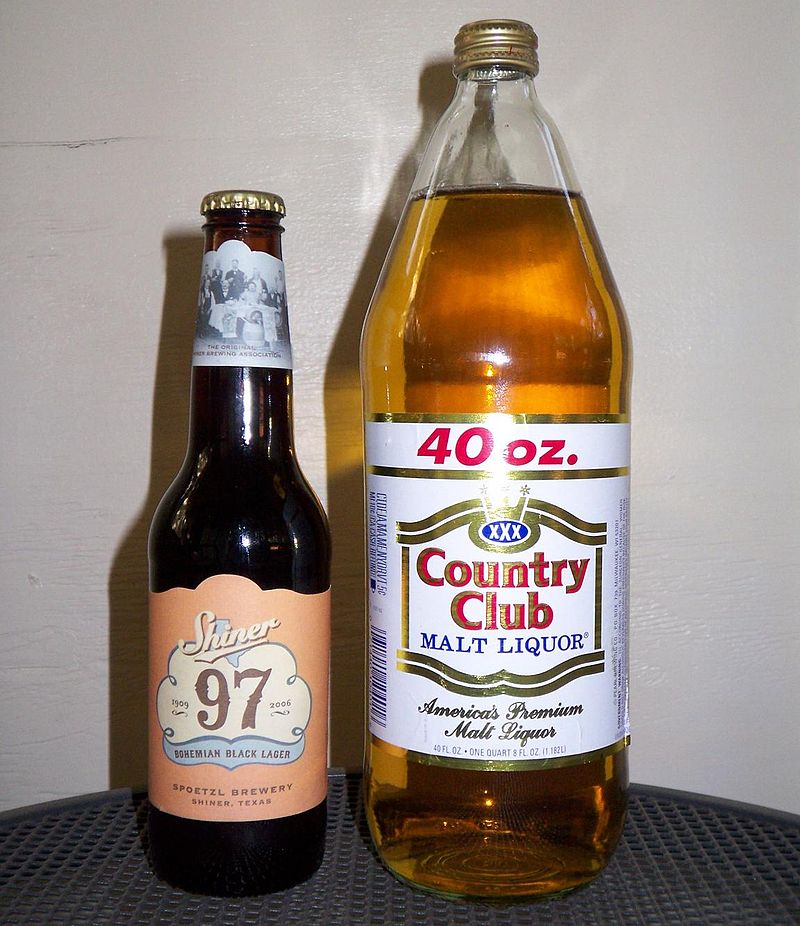Distilleries Demystified: A Full Break Down of the Production Process
In the realm of spirits manufacturing, distilleries serve as the enigmatic hubs where raw active ingredients are transformed right into nuanced and detailed potions. The procedure of purification is a meticulous craft that intertwines virtuosity, science, and tradition to yield the spirits we have actually come to value.
Background of Distilling
These old societies made use of crude forms of purification to create fragrances, medicines, and even alcoholic drinks. They spearheaded the use of purification for the production of spirits like brandy and bourbon, laying the groundwork for the distilling techniques we see today.
The distilling process proceeded to proceed via the centuries, with the refinement of methods and the intro of brand-new modern technologies. This age saw the surge of famous spirits brands that have ended up being house names worldwide.
Basic Material Option
/https://static.texastribune.org/media/files/ad5ab7b80fc5f2bd06df97dde9a096d4/01%20Beer%20to%20go%20SF%20TT.jpg)
When choosing resources, distillers should consider the sugar material, starch conversion potential, and any type of contaminations present, as these aspects directly affect the fermentation and purification procedures. As an example, in whiskey production, the selection between different kinds of grains like corn, wheat, barley, or rye will result in unique taste profiles. In addition, the quality and freshness of the raw materials can affect the performance of fermentation and ultimately influence the pureness and intricacy of the last spirit.
Fermentation Refine
During the fermentation procedure in distilleries, sugars from the raw products are exchanged alcohol by yeast with an all-natural chemical response. This important stage usually takes place in huge containers referred to as fermenters (Seawall Bar). Yeast, a microbe, consumes the sugars present in the raw products such as fruits, grains, or molasses. As yeast eats these sugars, it generates alcohol and carbon dioxide as byproducts. The fermentation process is carefully monitored to make sure ideal conditions for yeast activity, such as maintaining the right temperature and pH degrees.
Fermentation times can differ depending on the details distillery and the type of alcohol being generated. When fermentation is full, the resulting liquid, known as the "wash" or "beer," is after that ready to continue to the purification stage, where alcohol focus is even more increased via the splitting up of components based on their boiling points.
Purification Techniques
Complying with the conclusion of the fermentation procedure, distilleries use a variety of distillation methods to more concentrate alcohol web content and refine the flavor profile of the liquid. This technique is recognized for creating full-bodied and rich spirits (Distillery in Galveston).
Furthermore, fractional distillation is an extra refined form of column distillation that permits site here for accurate splitting up of different parts based on their boiling factors, resulting in extremely pure spirits. Ultimately, the option of purification technique substantially affects the attributes and high quality of the final spirit generated.
Maturation and Bottling
Upon getting to the preferred level of taste development and intricacy, distilled spirits undertake maturation prior to being bottled for consumption. Distillery in Galveston. Maturation is a critical phase where the spirits are aged in barrels or barrels made from numerous products like oak, which imparts unique flavors and characteristics to the fluid. Throughout this duration, the spirits communicate with the timber, enabling them to mellow, establish brand-new tastes, and enhance their overall intricacy

The duration of growth varies relying on the kind of spirit being generated and the wanted final product. Spirits such as brandy, rum, and scotch frequently require years of maturation to reach their optimum preference profile. Throughout this process, environmental elements like temperature fluctuations can likewise affect the maturation process, influencing the last taste of the spirit.
Once the spirits have grown to excellence, they are ready to be bottled. Bottling involves filtering system the spirits to remove any type of continuing to be impurities, readjusting the alcohol material see this website if needed, and lastly, packaging the fluid in containers or containers ideal for distribution and usage. The bottling stage stands for the end result of the distillation procedure, where the thoroughly crafted spirits exist to customers for their satisfaction.
Conclusion
Maturation and bottling are essential actions in creating top quality spirits. By adhering to these actions, distilleries can generate a broad variety of spirits with special tastes and attributes.
The process of purification is a meticulous craft that intertwines creativity, tradition, and scientific research to yield the spirits we have actually come to value.The choice of raw materials is a vital aspect of the distilling process, influencing the top quality and taste account of the final spirits generated. Furthermore, fractional distillation is a more refined kind of column distillation their website that allows for specific separation of different parts based on their boiling points, resulting in exceptionally pure spirits. Throughout this procedure, environmental factors like temperature variations can additionally influence the growth procedure, impacting the last flavor of the spirit.
The bottling phase represents the end result of the purification process, where the diligently crafted spirits are provided to consumers for their satisfaction.